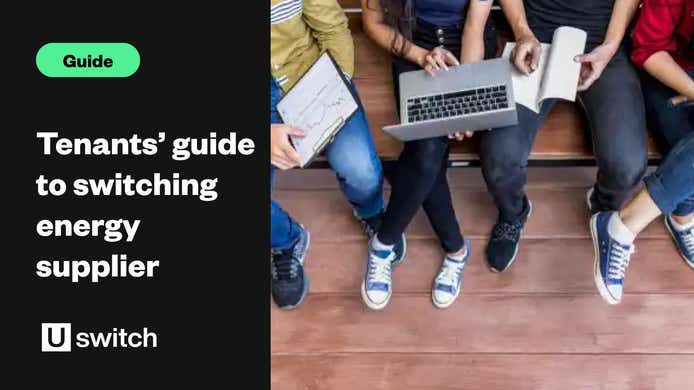NB: The Feed in Tariff scheme was closed to new applicants on 31 March 2019, but if you already receive payments these will continue until the end of the initial 20-year period.
If you decide to find a better deal on your gas and electricity don't let the fact you have solar panels put you off.
Although in most cases your current energy supplier also pays your Feed-in Tariff, it doesn't mean you can't switch to a new gas and electricity provider. This is because Feed-in Tariffs are a type of subsidy paid out by most of the country’s energy suppliers, so whichever company you sign up with initially (your Feed-in Tariff licensee) must continue to pay you your rate.
If you want to, you can even change which supplier purchases your excess electricity.
Do all suppliers pay Feed-in Tariffs?
Some suppliers have mandatory requirements to pay Feed-In Tariffs: British Gas, EDF Energy, E.ON Next, Octopus, OVO, ScottishPower, So Energy, Utilita and Utility Warehouse. Although they are not legally obliged to, other UK energy suppliers do the same. You can find a full list here.
Bear in mind that the rates paid to you for your electricity are universal and set by Ofgem, so you won’t get a better feed-in tariff rate by changing your supplier.
Why install solar panels?
There are several reasons why someone might decide to install solar panels. Not only do solar panels represent an environmentally friendly way to produce electricity, but thanks to the Feed-in Tariff, you will be paid for any excess electricity you produce.
What this means is that if the electricity produced by your solar panels exceeds what you’re using at any given moment, the excess will be sold to an energy supplier of your choice. Typically this will be the same company which provides your energy, but there’s no reason you can’t pick another supplier to sell the excess to.




